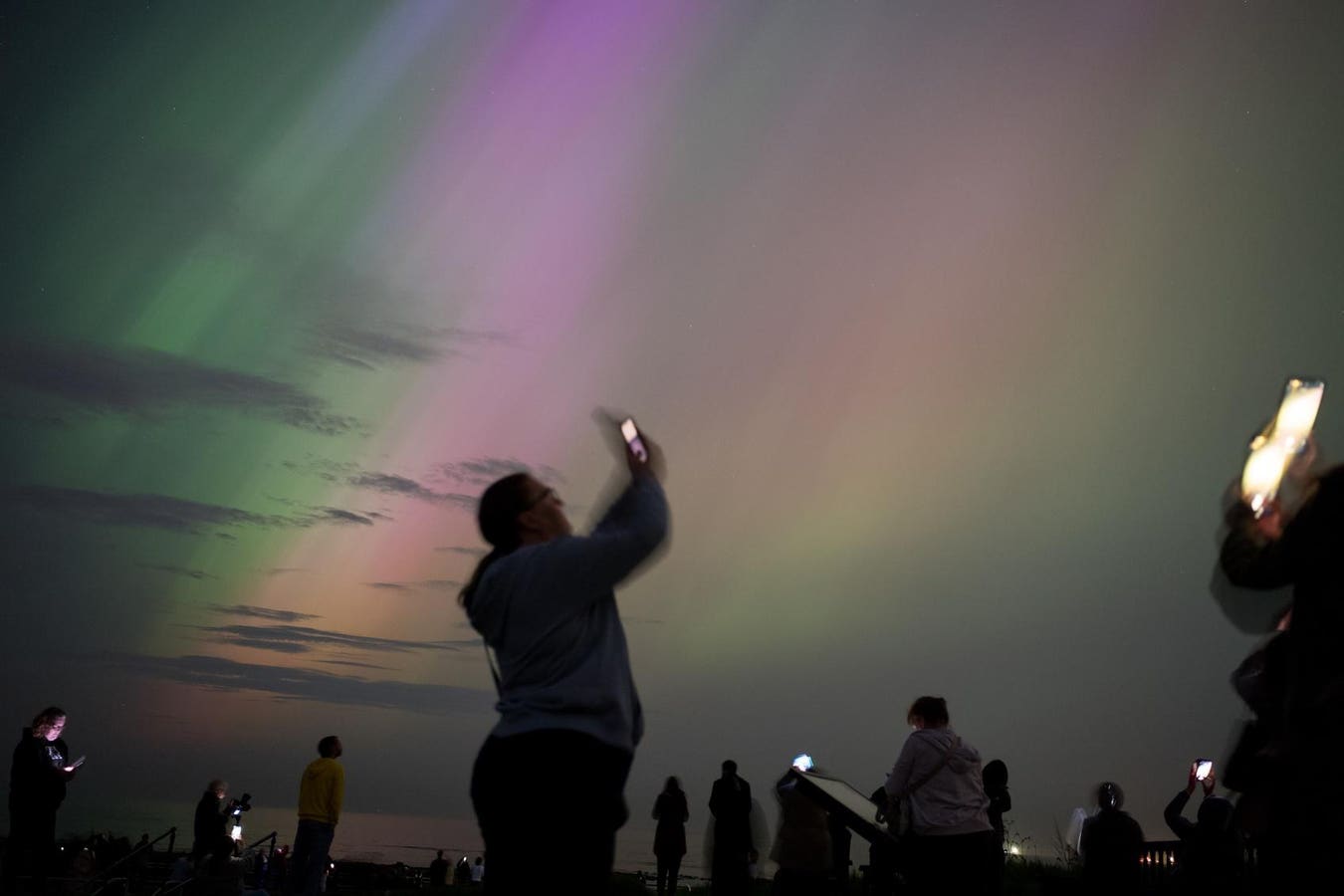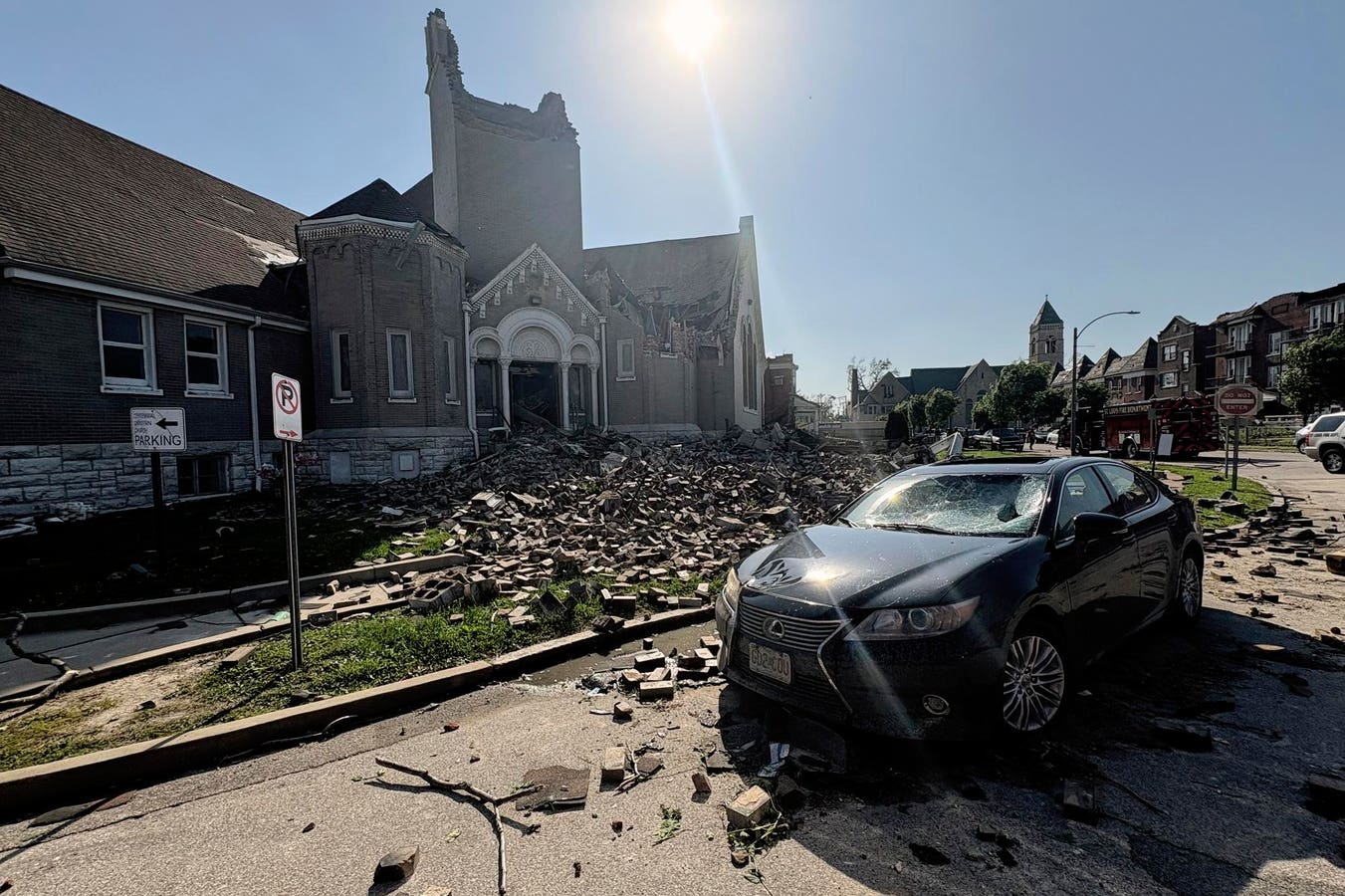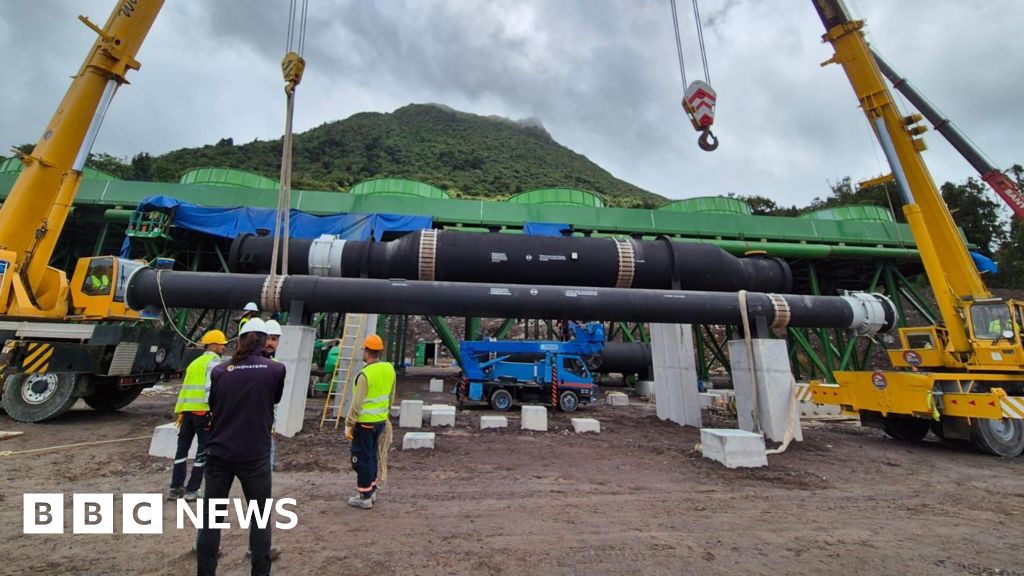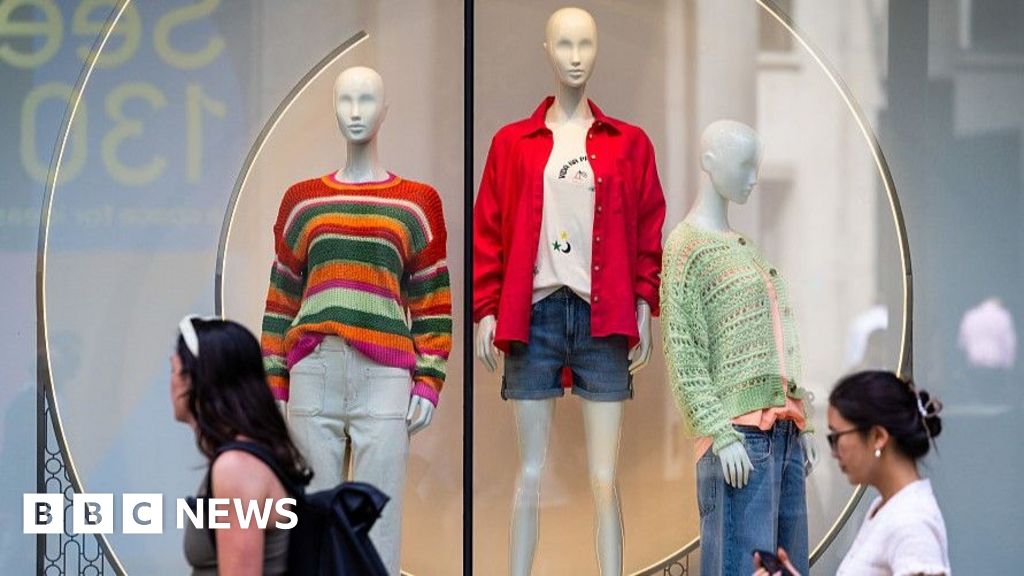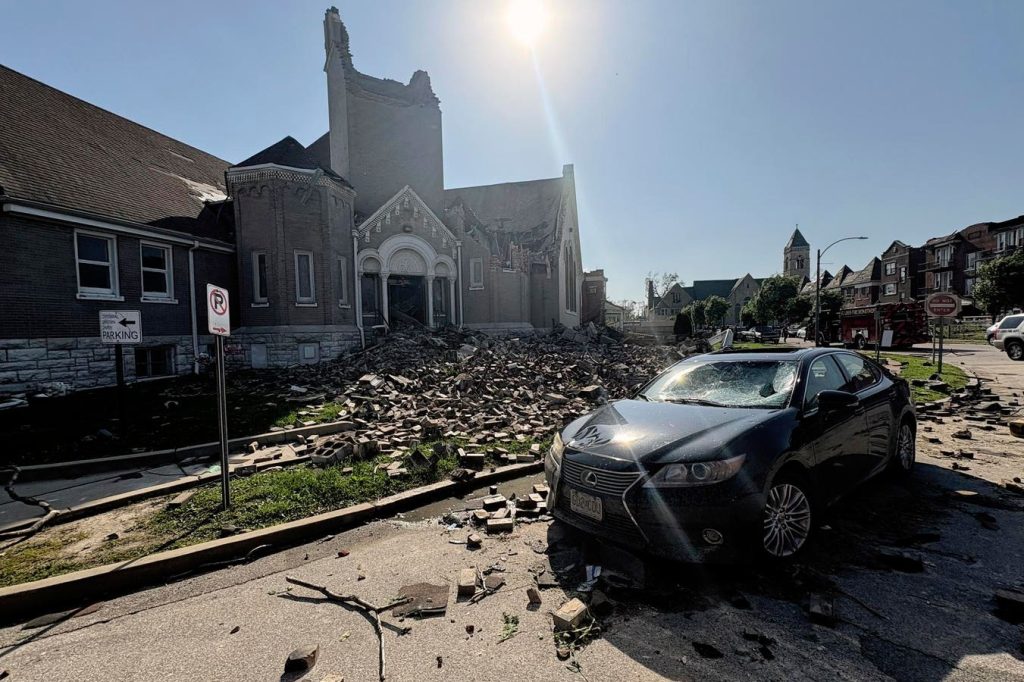Topline
The northern lights may appear in some of the U.S.’ northernmost states Saturday night, according to the National Oceanic and Atmospheric Administration, which predicts auroral activity could increase into Sunday and bring an even better chance at seeing the natural phenomenon.
Northern lights can potentially be seen as far south as South Dakota on Saturday night. (Photo by … More Ian Forsyth/Getty Images)
Key Facts
NOAA has issued a Kp index of four for Saturday night, meaning the aurora will become brighter and be “quite pleasing to look at” for observers in the right places.
The curved viewing line for the northern lights stretches as far south as central South Dakota, with the likelihood of the lights’ visibility increasing the farther north viewers are.
Those who do not get a look at the northern lights Saturday night should probably make an attempt at doing so Sunday, when the Kp index increases to five and the viewing line encompasses an additional five states.
Get Forbes Breaking News Text Alerts: We’re launching text message alerts so you’ll always know the biggest stories shaping the day’s headlines. Text “Alerts” to (201) 335-0739 or sign up here.
Where Will The Northern Lights Be Visible?
Saturday’s northern lights can potentially be viewed from northern Washington, northern Idaho, Montana, North Dakota, the upper half of South Dakota, Minnesota, Wisconsin, Michigan and the northern tip of Maine.
Saturday’s viewing line.
What’s The Best Way To See The Northern Lights?
Aurora borealis observers can best catch a glimpse of the lights between 10 p.m. and 2 a.m. local time and can increase their chances at seeing the natural phenomenon if they are in areas with clear skies and little to no light pollution. Viewing from vantage points can also help.
What’s The Best Way To Photograph The Northern Lights?
Smartphone users should use night mode and no flash when trying to get pictures of the northern lights. People with traditional cameras should use low shutter speeds, wide-angle lenses and high apertures if possible.
Key Background
Northern lights are caused by interactions between the sun’s solar wind and Earth’s magnetic field, creating a collision of particles that produce light known as aurora. Last year, the sun reached a “solar maximum,” creating auroral activity that brought the northern lights as far south as Texas and Florida. That spike in solar activity is expected to persist into 2026, according to NOAA.
Further Reading
Get Ready For 50 Years Of Intense Northern Lights, Scientists Say (Forbes)

